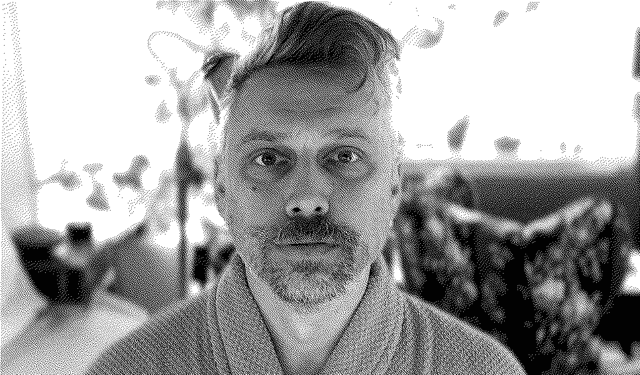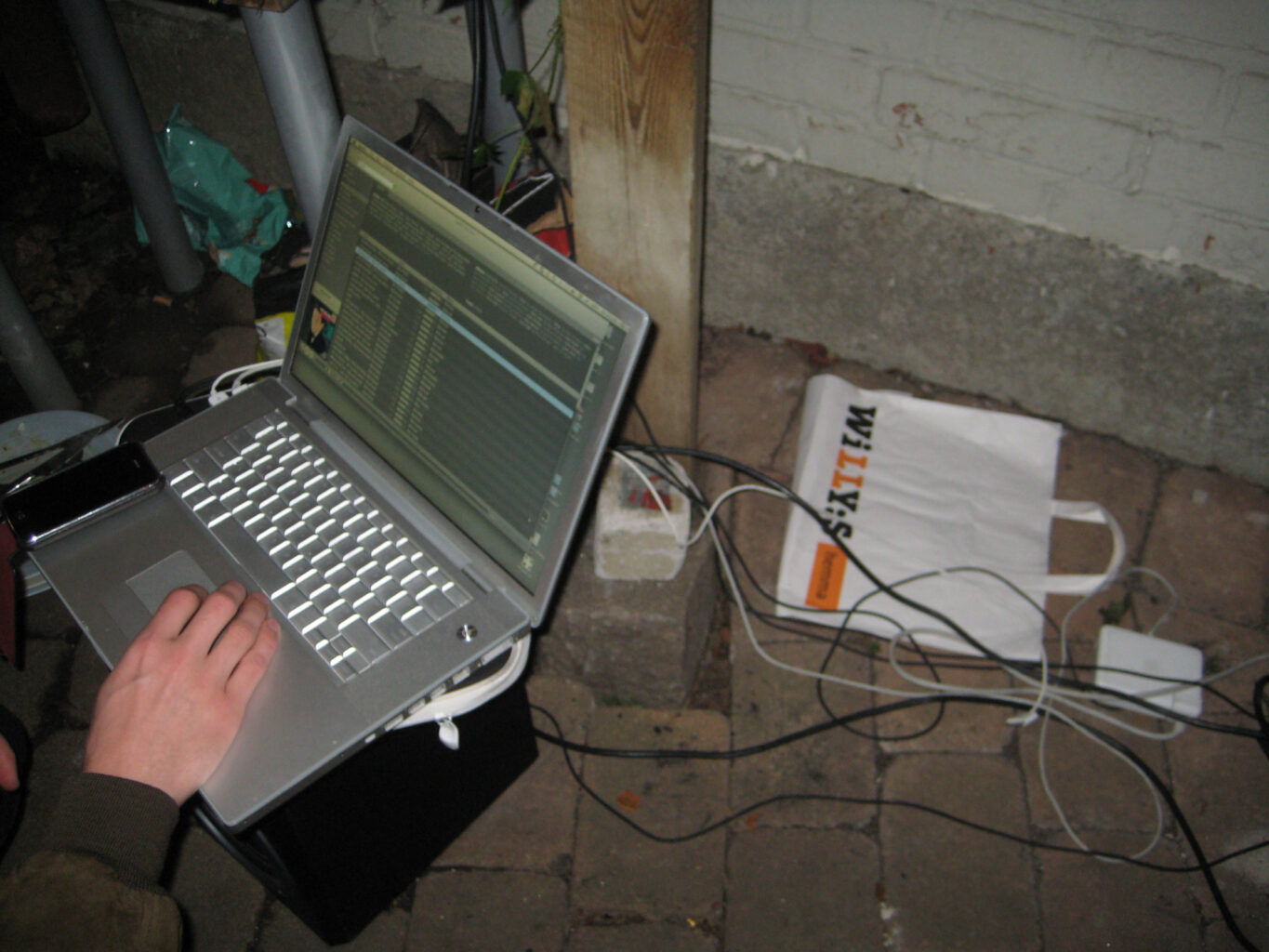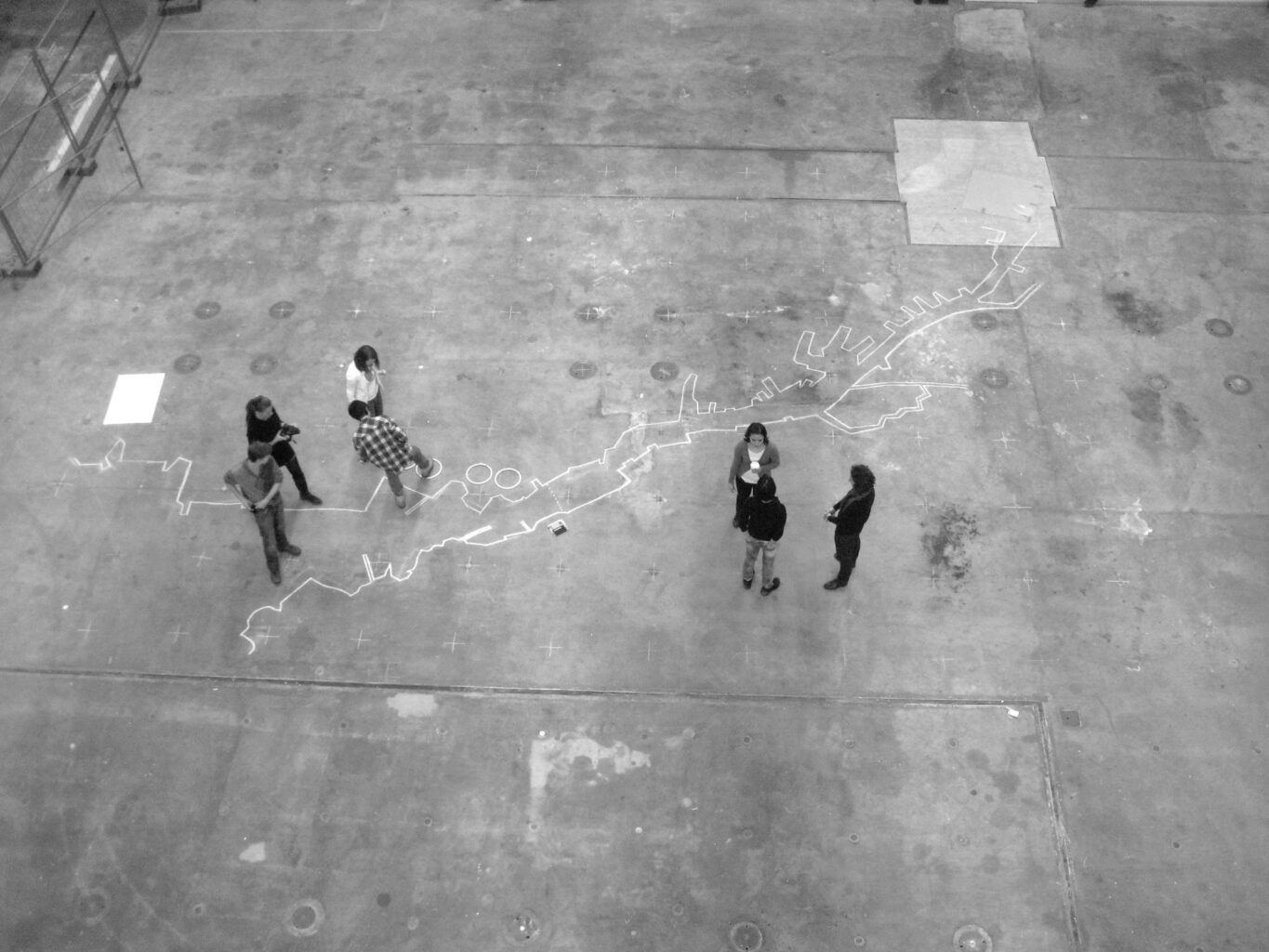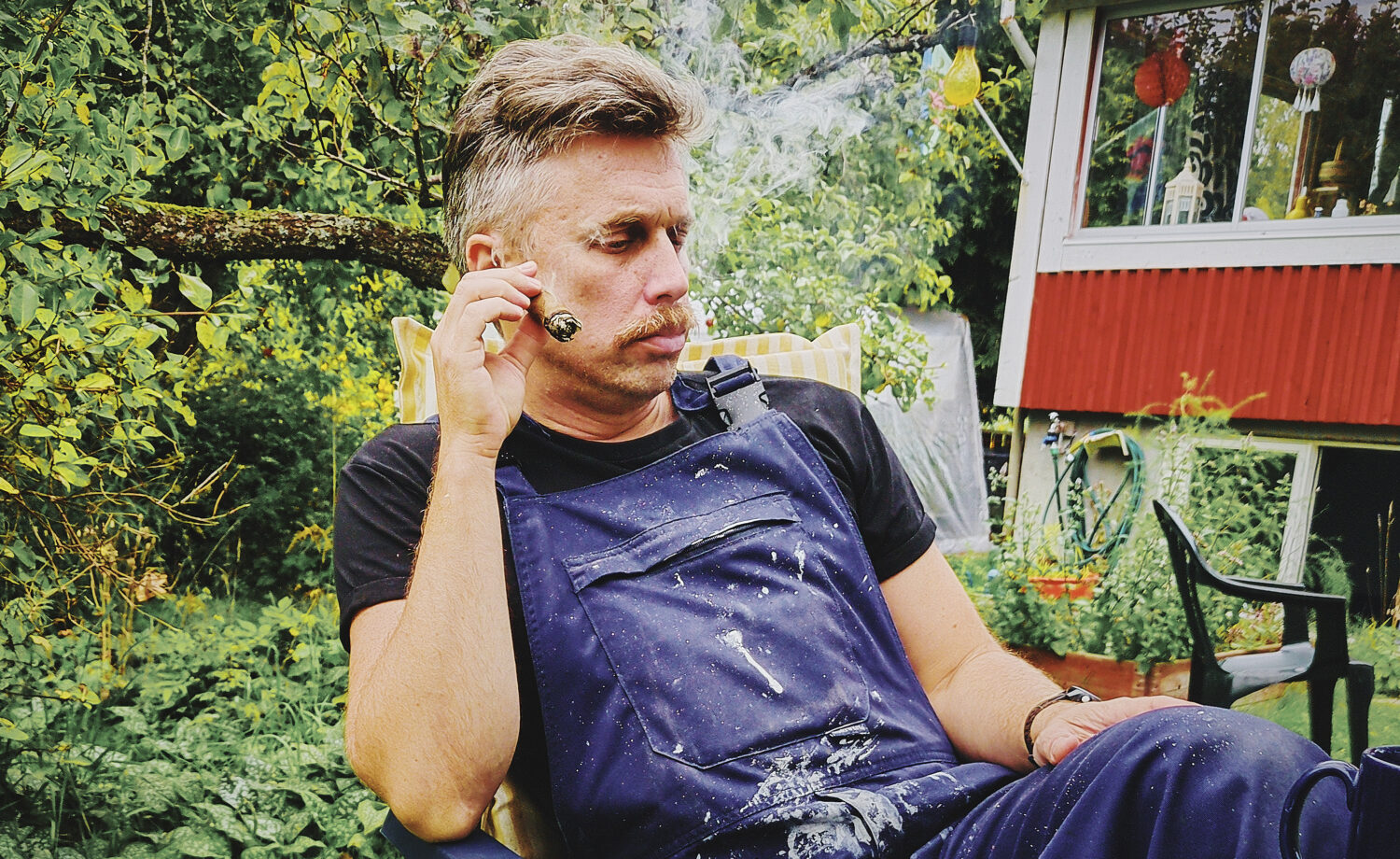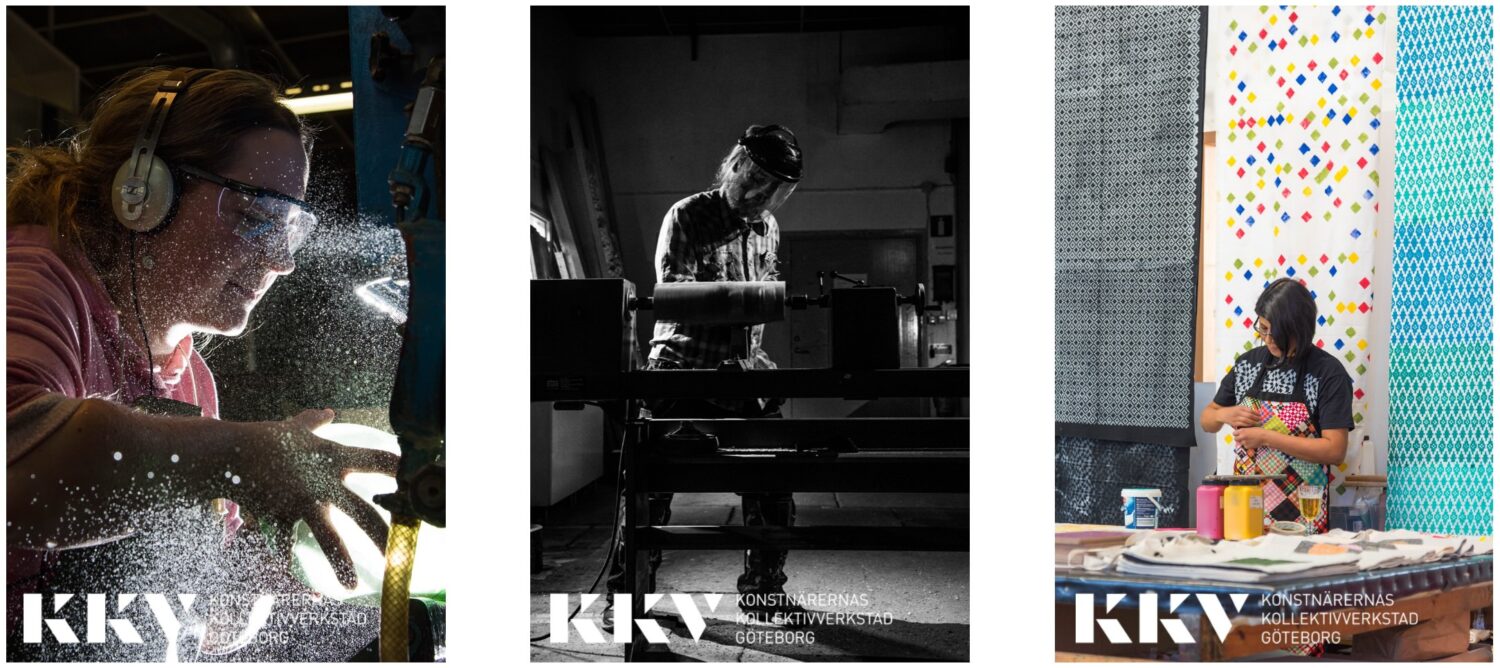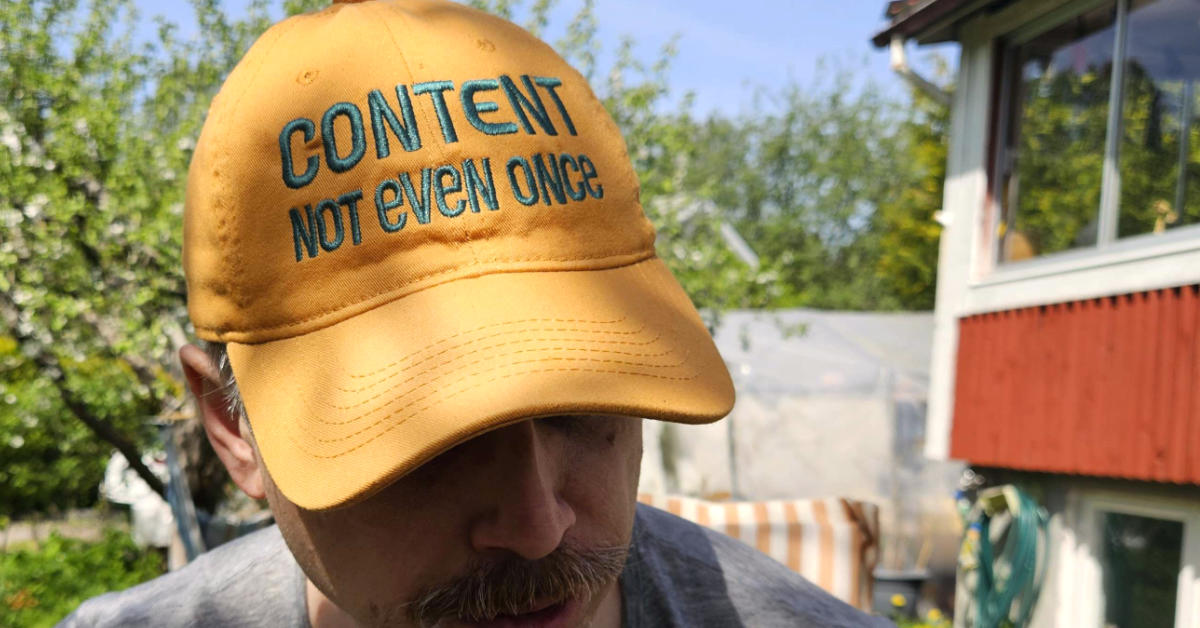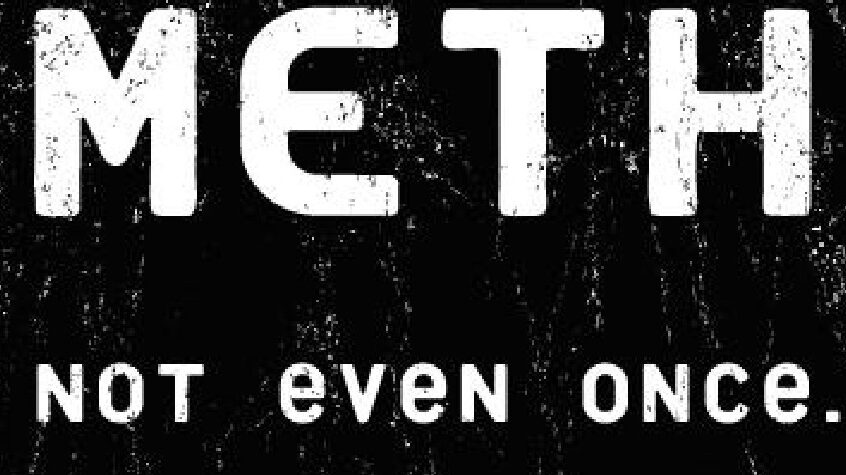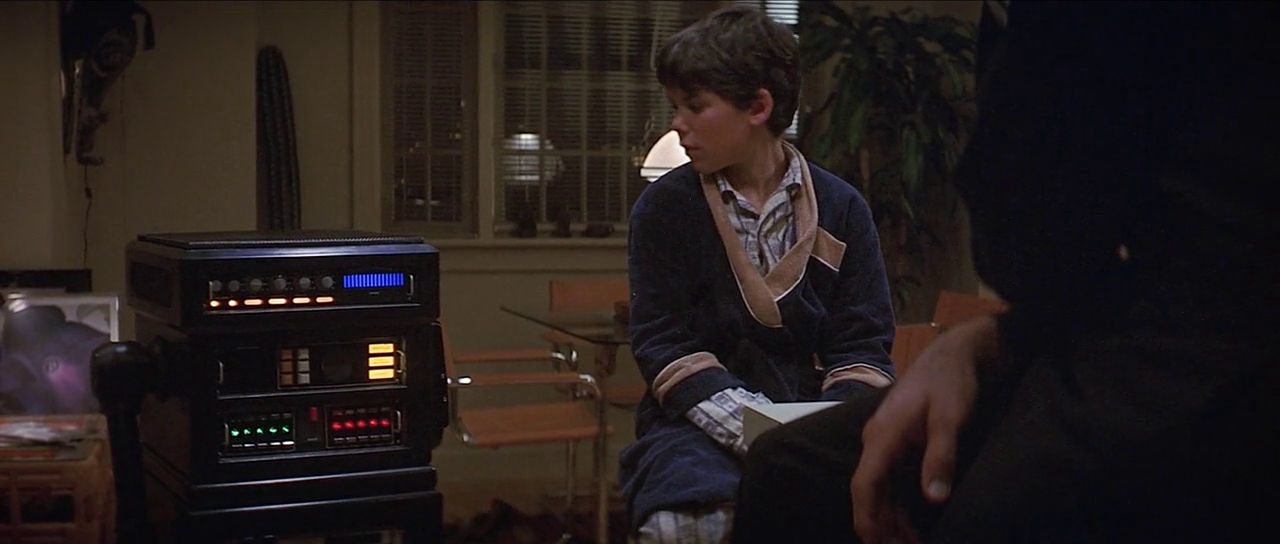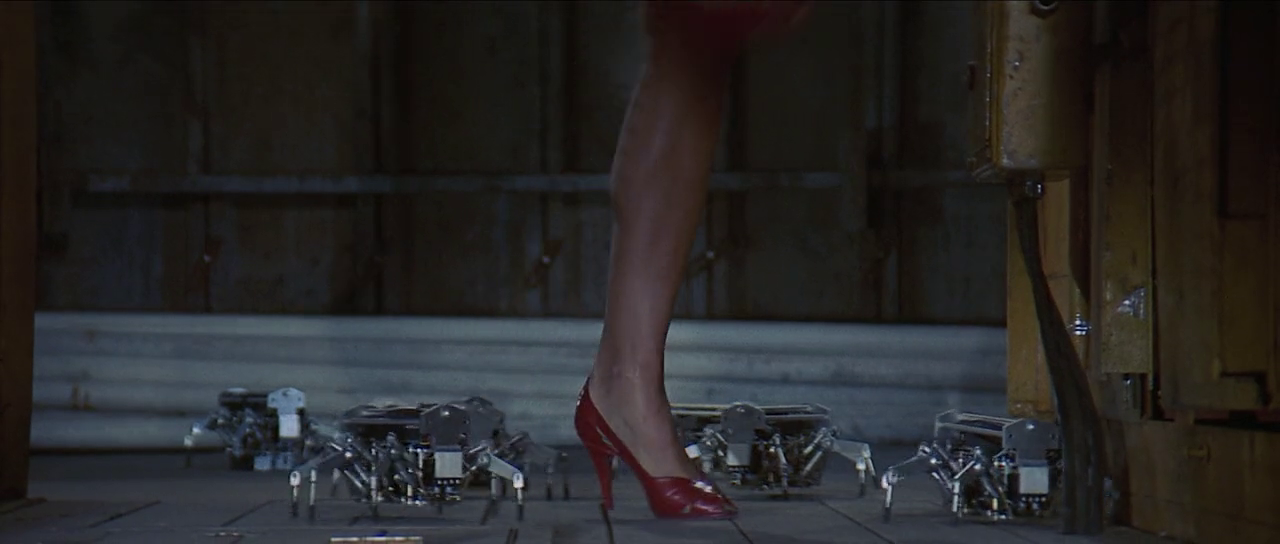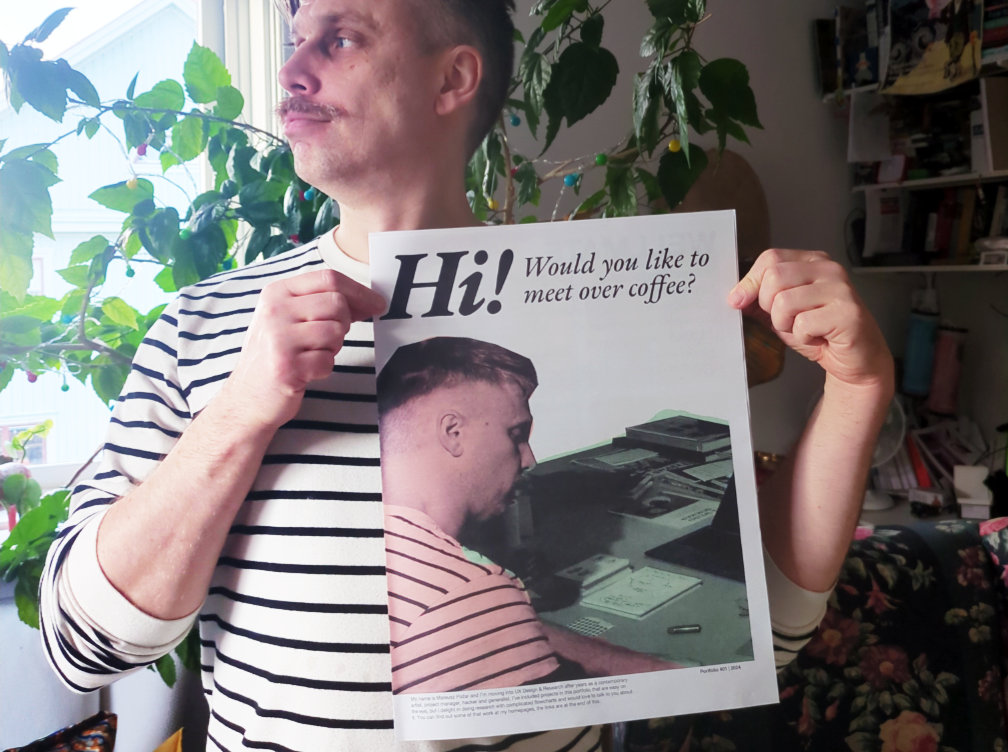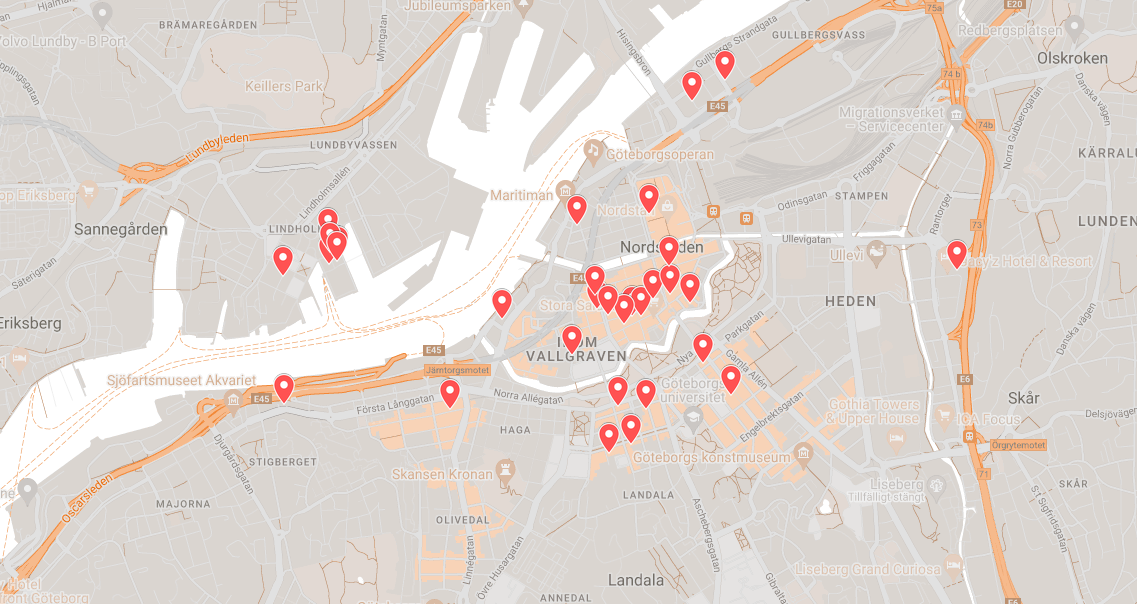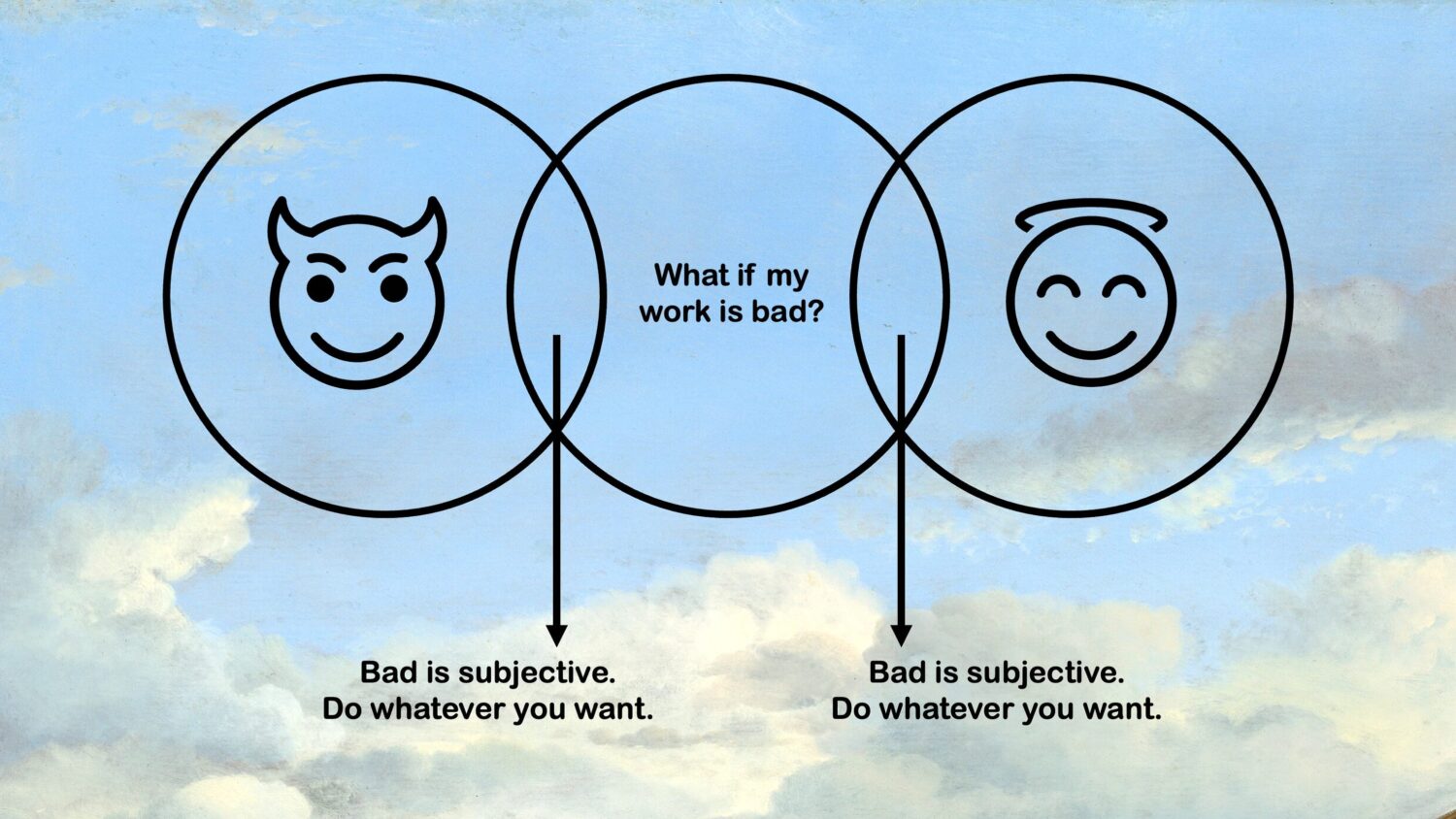Same procedure as last year: I’m listing my reading and abandoned reading in chronological order. I start this post January 1st, sitting in my comfy chair with a terrible cold, and it’s set to automatically go public in a years time.
But the identification of accountability with metrics and with transparency is deceptive. Accountability ought to mean being held responsible for one’s actions. But by a sort of linguistic sleight of hand, accountability has come to mean demonstrating success through standardized measurement, as if only that which can be counted really counts.
Jerry Z Muller: The Tyranny of Metrics
Jerry Z Muller: The Tyranny of Metrics. The current obsession with making everything measurable and all processess transparent leads to a stagnating world which can never improve beyond the metrics that it’s concerned about. Similar to “Weapons of math destruction” by Cathy O’Neil, but will less social pathos and bigger focus on ROI.
Cory Doctorow: Red team blues. A forensic accountant on the US West coast does one last big job for an old friend which allows him to retire a welthy man. But the job gets him embroiled in an international conspiracy and he’s soon on the run. Might be worth your read if you want to pass the time and enjoy people snarking at VC Cryptobros.
A.M. Shine: The Watchers. A horror novel set in a cabin in the Irish woods, where Mina is trapped with a few strangers who all subsist on berries and trapped birds, unable to escape some fairytale monsters that hunt them in the night – only in the light are they safe. Reminiscent of SCP and an entertaining read. It’s been made into a movie, but it’s not worth watching.
Jaron Lanier: You are not a gadget – a manifesto. Having seen AN INTERVIEW with Lanier I was enticed to read some of his stuff. It’s not often you see a hardcore computer geek embrace body/soul dualism. As with most manifestos this one starts with a few axiomatic statements and then builds on those – sometimes the arguments are solid, sometimes they’re improvisations built using bodies of straw men, but it’s short and thought-provoking, so worth a read.
Michail Bulgakov: The Master and Margarita. A romp with most of the literary allusions flittering over my head. Satan is in Moscow and strange things happen – people are uncertain if it’s something supernatural or foreign hypnotists at work, but confusion abounds. Worth reading but I fear most the insight for which this satire is praised is lost on me.
Cormac McCarthy: Blood Meridian. Fantastically written and utterly bleak and horrible – by all accounts a realistic depiction of the situation at the US/Mexico border where government sanctioned killing squads raided Native settlements to kill and collect scalps for bounty. We follow “the kid” as he joins the Glanton Gang in their raids, and it’s one miserable experience after another – reminds me of Joseph Conrads Heart of Darkness, with the exception that there is nothing but madness at the end of the journey. Horryfying read but well worth it.
Anthony Dunne & Fiona Raby: Speculative Everything. An overview of the methods and merits of speculative design practices. The first third is nice with a lot of examples – and plenty of good quotes I’ll use when pitching design workshops myself – but the latter part of the book mostly devolves into a description of the work of the authors, which drags a bit and isn’t all that useful. Their description of what Design Fiction is is completely different from how Julian Bleecker coined it, which doesn’t instill confidence in their research. But it’s inspirational and contains plenty of references for further reading, so I’d recommend it as an introduction.
Zac O’Yeah: Tandoriälgen. In the not too distant future Sweden has joined the Asian union. Gothenburg is now Guatapouri – a city with 20 million inhabitants, with ethnic Swedes living in the Masthugget enclave – and police inspector Herman Barsk stumbles upon a trippel murder which proves to be rather complicated. Well written crime fiction and I blew through it in a few days; the dialogue is great, and in these nationalistic times it’s the book offers a new take on what it means to be Swedish.
Oli Allikainen: White Hunger. An incredibly bleak short story about Marja, a mother who tries to save herself and her two kids during the harsh winter, set in the Finish famine of 1866–1868. The only colour is white, and the dominant feeling is of hunger, which scratches your insides like an angry cat. Well worth reading.
David Wellington: The last astronaut. In the near-ish future there’s a mysterious meteorite heading into our solar system and NASA – which is more or less defunct – has to step up and send a crew up to check it out. Exciting space thriller with some glaring plot holes and questionable characters, but worth reading on a lazy summer day – reminded me of Michael Chrichtons “The Sphere” which isn’t a bad thing.
Ben Kiernan: The Pol Pot Regime Race, Power, and Genocide in Cambodia under the Khmer Rouge, 1975-79. An astaunding read that compresses much human misery and perseverance into one book. It’s a summery of a careers worth of original research, and Kiernans research and writing is nothing if not exact. Because of the scale of the atrocities described, I felt obliged to finish the book out of respect for the people interviewed. From a population of less than 8 milllion, some 2 million died of starvation, disease or murder during the Khmer Rouge years. It baffles the mind how humans can behave these ways, and it’s a sobering and terrifying book.
Greg Egan: Permutation City. In a world where (rich) people can create virtual copies of themselves, those copies nonetheless can’t experience the physical world in real-time because of the limited amount of computational power. A lot of great mindbending ideas on what it means to be a person, what is a “self” when you live non-consequitively, and what creates meaning i life. Wikipedia sums up the topics quite well, and the author has a FAQ for the book as well. Worth a read!
Bengt Liljegren: Winston Churchill (del 1 & 2). A Swedish biography over Churchill – well written and a breeze to read. It’s a fascinating story that Liljegren tells, and there’s plenty of quotes from people from Churchills family and staff that paint a less than flattering portrait of a heroically driven megalomaniac who did his utmost to preserve the British empire, sacrificing “lesser peoples” and soldiers alike to get his will through. Fascinating read.
Per Nygren: Lasse och Lenin. A biography over Lasse Diding, an excentric millionarie hotelliere in Varberg, Sweden, who is also a staunch supporter of early Lenin. He’s what they call “a character” and seems to love getting a rise out of people – for example he started the “Lenin prize” which is awarded a person who works in the spirit of Jan Myrdal – someone whom he’s had an intense collaboration with (until they went at loggerheads). I and Sara went to his Hotel Havana earlier this spring, and it’s a wonderful spa with a great kitchen. And it’s where I picked up my current cigar habit. Anywho, interesting book about an interesting person, albeit a bit too convoluted when focusing on the minutia of legal processes – which seems a common occurence in his life.
Jaroslav Kalfar: Spaceman of Bohemia. There’s something strange in the night sky, and Czechoslovakia decides to join the spacefaring nations and sends Jakub on a solo mission to explore the phenomena. He leaves his wife behind, and as the physical distance increases so does the emotional distance. A well written book on the question of identity, love and the sins of our fathers. Can recommend! (Haven’t seen the Aflek adaptation yet)
Olle Lidbom: Skolplattformen. A book about the fiasco surrounding the school platform of the city of Stockholm. Tracing the history of computerization from the 70s’ onwards, he follows the politicians and consultancies who are responsible for a project which was 4 years late, went over budget (from 4mkr to 675mkr – a x177 increase!) and which was scrapped a few years after introduction since it was unuseable. The amount of money and effort spent on this trainwreck makes your blood boil, especially as schools had to cut back on student services just to keep up with the increased cost of running this shitshow. Interesting read and I blew through it in one day.
Yu-kai Chou: Actionable Gamification. I’d seen this recommended in applied gamification design circles, and Yu-kai doesn’t disappoint. He has come up with an his own system of analysing “Core Drives” for doing gamification analysis and design – called the Octalysis Framework – which splits the different drives into extrinsic/intrinsic and black/white-hat. I’ve applied it to my own work with the WellMate app I designed while at BrightSkills, and it’s definately useful. The writing is so-so and the book would benefit from a more aggressive editor, but he sources gamification research and gives plenty of examples, so I’d say that it’s a great resource if you’re interested in the topic!
Martin Paul Eve: Warez. An academic treatise of The Scene – the top level of piracy ecology. There are no original interviews here, but Martin goes through all available documentation that has leaked over the years, as well as court cases and other academic publishing. His thesis is that “… the Warez Scene is an aesthetic subculture and an alternative reality game, fixated on originality” and makes an interesting argument for his take; The lack of direct financial gain, along with the strict hierachies and nomenclature makes for a compelling argument that what drives those running topsites has more in common with crypto ARGs than (for example) for-profit torrent sites. The book gives a good background on the early BBS Scene as well as the social ecology within which the Scene operates.
Sarah Manguso: Liars. A novel about how romantic relationships and marriage makes liars out of us. We follow a female narrator that slowly realises that she’s becoming a “traditional woman” in her relationship with an unresponsible man who takes her for granted. It’s a well written lamentation on what it feels like to be taken for granted, and the protagonists slow realisation that she’s doing what she’s promised herself she’d never do is sobering. How do you change a situations which your surrounding tells you is “as expected”?
Tom Godwin: Space prison. Refugees from Earth are hijacked and set down on an unhospitable planet – Ragnarok – and are forced to survive on a world which is set on killing them dead. A comfort read I’ve read three-four times before, each time surprised by the brutality of Godwin, how he keeps offing main characters in service to the plot – which is to get off the planet and get revenge. Dated gender politics, but otherwise a great read!
T. Kingfisher: Nettle & Bone. A young princess goes on an adventure to save her older sister who is married to a wicked prince. A well written adventure with sympathetic characters. It’s like the Diskworld, only grown up!
Rob Fitzpatrick & Devin Hunt: The Workshop Survival Guide. I heard an interview with Rob a while back and it was fantastically informative and motivating – link to interview – and since I and Sara are running workshops I figured I’d get the book. The focus of the book is on workshops with “learning outcomes” which requires us to adapt it a bit to our speculative futures workshops, but the book is really practical and I’ll be applying so much from it going forward. Oh, and revisiting the book as well.
Kevin Bell: Game on! A book on gamification in higher education. Good overview of the (then) state of the art, as well as five case studies of how these ideas have been implemented in practice. Useful as a reference book if one is into gamification.
Eric Ries: The Lean Startup. It’s almost quaint to think that the whole “Lean” thing had to start somewhere, and Ries book was one of those beginnings for many people. I was recommended this by an entreprenourliar aquaintence, and I blew through it and made notes. A practical and insightful book, even though I don’t see myself as an entreprenour.
Geoffrey Engelstein: Achievement Relocked. A short book from the MIT “Playful Thinking” series, focusing on how loss aversion and the endowment effect works in contemporary games. Some interesting mechanisms in there that I’d love to put into practice gamifying something.
N.K. jemisin: How Long ’til Black Future Month? A short story collection by the author of the Broken Earth trilogy which I liked enough to buy Sara the first book in translation. As always, short stories are hit-or-miss, but Jemisins perspective offers a furious and varied take on speculative futures and pasts. A mix of futures, parallell worlds, and fantastic history – well worth a read!
Adrian Tchaikovsky: Children of memory. The third book in the series – humanity has collapsed and a few arc ships have tried to seed different planets with life, in the hope that when enough time passes (either through relative time dilation or cryonic sleep) verdant planets will spring up. Of course, there are complications, and in this book we get to follow a very unreliable narrator on a journey to one planet where time, identity and memory is all jumbled up. Interesting read, but occasionally too confusing for comfort.
Chris Guillebeau: The $100 startup. Partly a pep talk and inspiration for just getting off your butt and do it, partly a well structured guide to how to actually do it. There aren’t many self-help-isch books that I enjoy, but since I’m thinking about striking it out on my own (getting a job going really slowly) this book scratched my itches. An easy read and I can recommend it to anyone who has an idea and needs a push.
Wendell Bell: Foundations of Futures Studies (2 volumes). A brief history of futures studies. I’ve written a longer summery of my thoughts on the two books here, but Bells two volumes cover everything from utopian writing from Moore onwards, to the post-WWII wargaming and scenario-building. It’s occasionally a bit of a slog, but required reading if you’re interested in futures studies.
Bill Sharpe: Three Horizons. A short book describing how we can envision future thinking through three “horizons”: Encumbent way of doing things (H1) is naturally defensive and reactionary; H3 is future oriented and there’s no clear way of getting there from where we are now; finally, H2 can be oriented either towards conserving the encumbant (H2-) or towards reaching the new shores (H2+), in both cases bridging the ideas of H1 and H3. It’s a book full of metaphors and pep-talk and too vague even in the case studies to be very practical, but the way the books talks about how all the interests of H1/H2/H3 have to be included seems to be useful if you’re interested in actually doing changework in a reluctant organisation.
…we recognise the need for transformational change when we see that the way things are getting done now has limits; that we cannot get beyond these limits however much we try to improve the existing system, and that we must, as a result, create a new pattern of life for the future we want and need.
Three Horizons, Bill Sharpe
Hilary Mantel: The assasination of Margaret Thatcher. A collection of ten short stories, all concerned with – what, human relationship and fears? It took me a while to realise that the stories weren’t connected, so I was trying to tie them together for a confusing while. As usual, Mantels the short story The Heart Fails Without Warning hit home in a way I’m not used to – about a kid starving herself to death partially told through the eyes of her sister. Harrowing struff, but a reminder of what great writing can do.
Cormac McCarthy: The Road. A father and son try to make their way to the coast in a postapocalyptic USA where nothing grows and all life seems extinct. The couple have to avoid roaming gangs of cannibals while battling cold and hunger and a hopelessness in a dead world. Extremely bleak and well written.
Books given up on
Jay Kristoff: Empire of the Vampire. Something has obscured the sun enough for vampires to thrive all day, every day, resulting in an undead takeover of a parallell earth anno 1700-isch. A religious order of halfbloods is vaging a losing battle against the undead, and the story is told via one of these heroes as he’s retelling it to his captor. A fantasy enthusiast in my class recommended this, but I gave up hundred pages in – nice worldbuilding, but the excessive exposition and poor writing is just too much to make it worthwhile.
Neal Stephensson: Fall; or, Dodge in Hell. Any recent book that has a silicon valley tech person musing about coffee beans and perfect roasts is an automatic disqualification. Consumerism as an expression of personality traits can be done well – see American Psycho – but most often it’s just lazy writing. I gave up on this book some 40 pages in.
Will Self: The book of Dave. The premise is nice: A disgruntled London cabbie writes a screed that survives into a post-apocalyptic world, where it becomes the basis for religion and myths. The future language that Will Self has invented is just too dense for me to follow, and the story doesn’t seem worth the trouble of slogging through it. Gave up after 50 pages.
Rebecca Solnit: A paradise built in hell. One of many books I got to get a handle on how people act in a crisis situation (because, well – *looks around*). It uses a couple well known catastrophies – Katarina in New Orleans, San Fran 1906 quake, etc – and highlights how people have worked together (or not) when a crisis arises. Solnit tries to weave a story out of very few threads, and it’s too thin and poorly written to feel worth my time. Nixed out efter 40 pages.
Alison Strayer Annie Ernaux: The Years. An autobiagraphy written in staccato about the years 1941–2006. Just couldn’t handle the writing style. The sentences are short. Images vivid and observations on point. Stream of consciousness has impressed many. My eyes drifted to the clock and “how much left of the chapter” too many times. My tired fingers finally closed the book, my mind distracted by a screaming child on the beach. Alas, not for me.
George Rippey Stewart: Earth Abides. A last-man-on-earth story that is just too dated and poorly written for me to stick with. Gave up quite quickly once I realised that I’ve given up on this before – many years ago. I’m gonna trust younger-Mateusz on this one.
Ruth Ware: The woman in cabin 10. An entertainment reporter gets to go on a luxurious work-cruise shortly after having been burgled. Told in first person and reads too much like a tv-show pilot.
Terry Pratchett & Stephen Baxter: The long earth. One day schematics are released of a machine which allows you to jump to a parallell world, which is similar to ours in most regards – except there are no humans anywhere else.. There seems to be en endless number of earths in both “directions” (called east and west for no apparent reason) and we get to follow both colonisers and detectives as they explore. The premise is interesting, but the book is just completely devoid of any excitement, and I finally gave up three quarters of my way through.
Peter D. McDonald: Run and Jump – the meaning of the 2D Platformer. Part of an interesting series on gaming called “Playful Thinking”. I started in on this cause I was taking a computer game UI course at Uppsala University, but the book is just too academic to be worthwhile for me.

